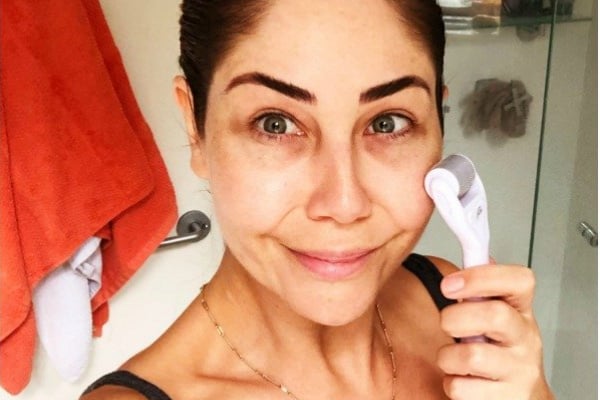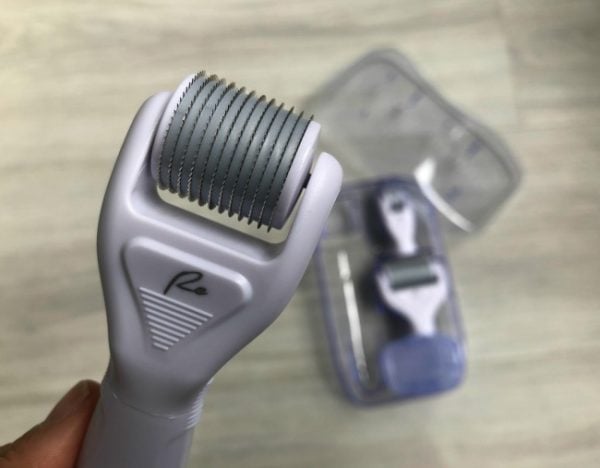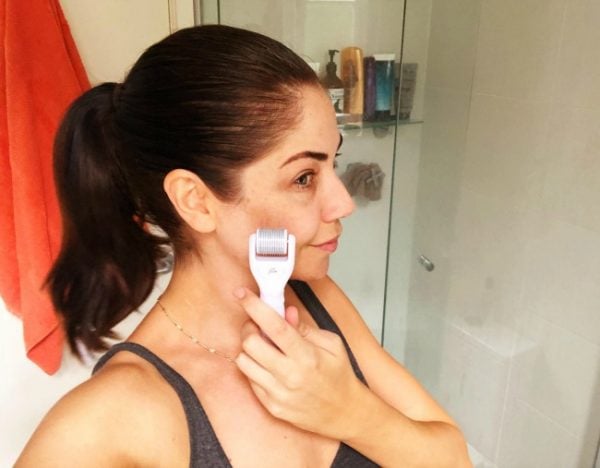
Update: May 13, 2020.
The longer isolation goes on, the more we’re convinced we can tackle all sorts of beauty treatments at home. (Whether we actually can is a different story.)
Like removing our own SNS and shellac manicures, dyeing our hair pink or using a box dye, touching up our roots, cutting our fringes, doing our eyebrows, tinting our lashes… even at-home brow lamination. The list goes on.
While at-home beauty treatments can’t replace the skill and expertise of a professional (anyone else really keen for beauty services to hopefully re-open soon?), they can give you something fun to do for yourself if you’re looking to do a bit of self care. Or, if you’re just really, really bored.
WATCH: Here’s how to improve your skin while you sleep, post continues after video.
So, we thought now would be the perfect time to resurface this comprehensive road test and explainer on microneedling at home from Mamamia’s Executive Editor and You Beauty podcast host Leigh Campbell.
Below, Leigh answers all your microneedling (also known as dermarolling) questions, from what the skin treatment can do for your skin and how to use an at-home dermaroller safely.


